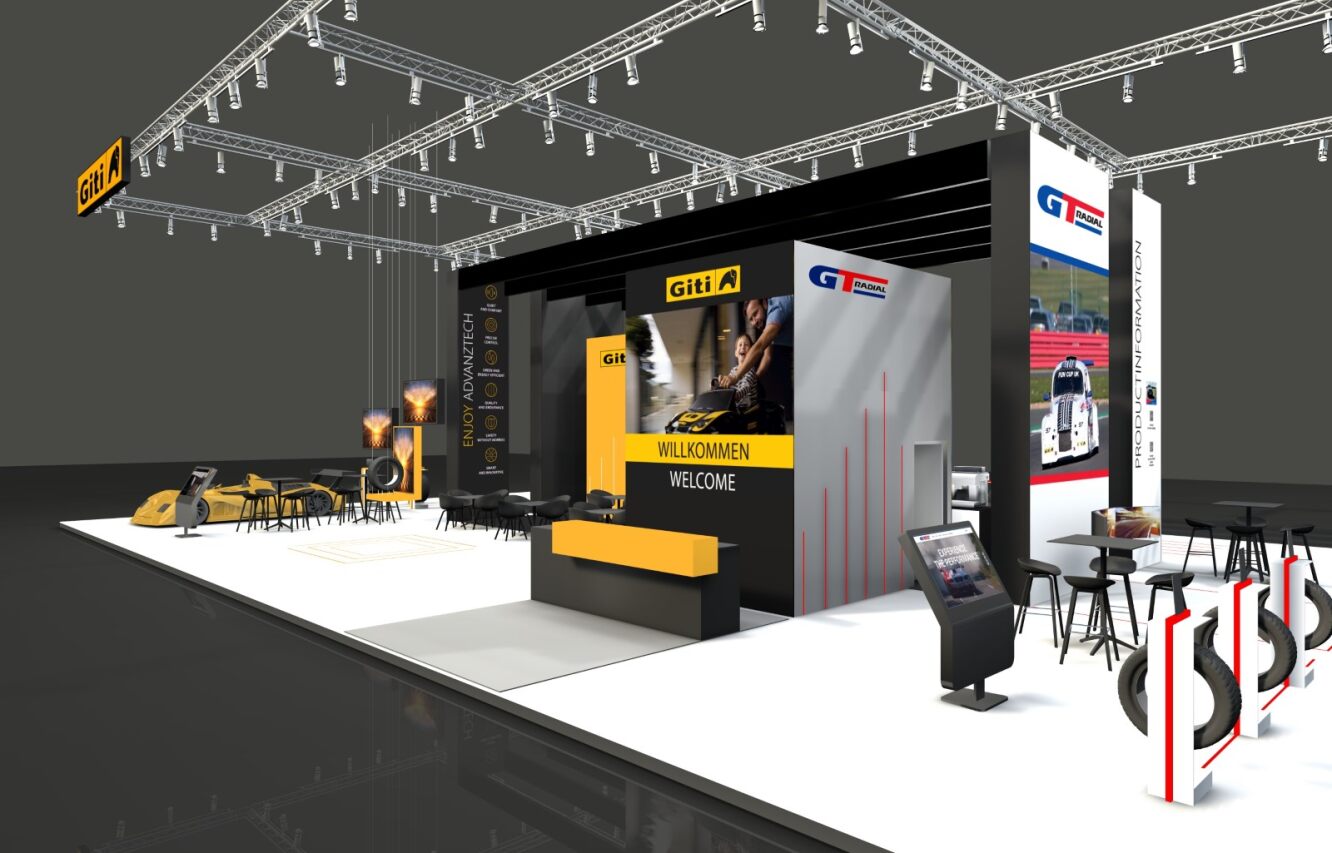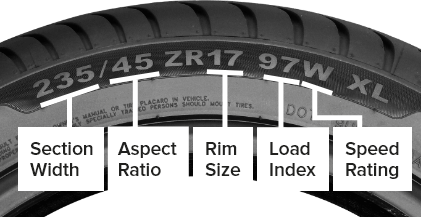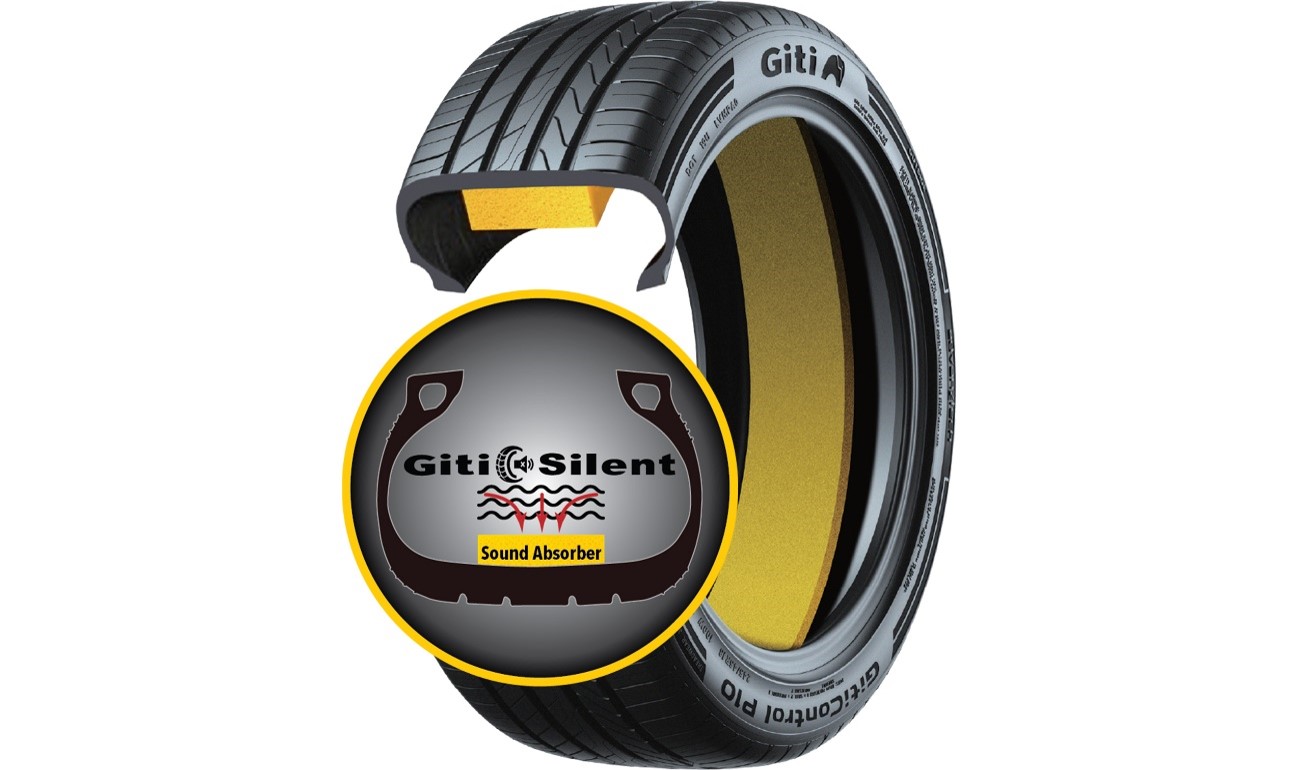
Silence the Roar! Join us as we explore the causes of tire noise and how technology helps you achieve a quieter, smoother ride.
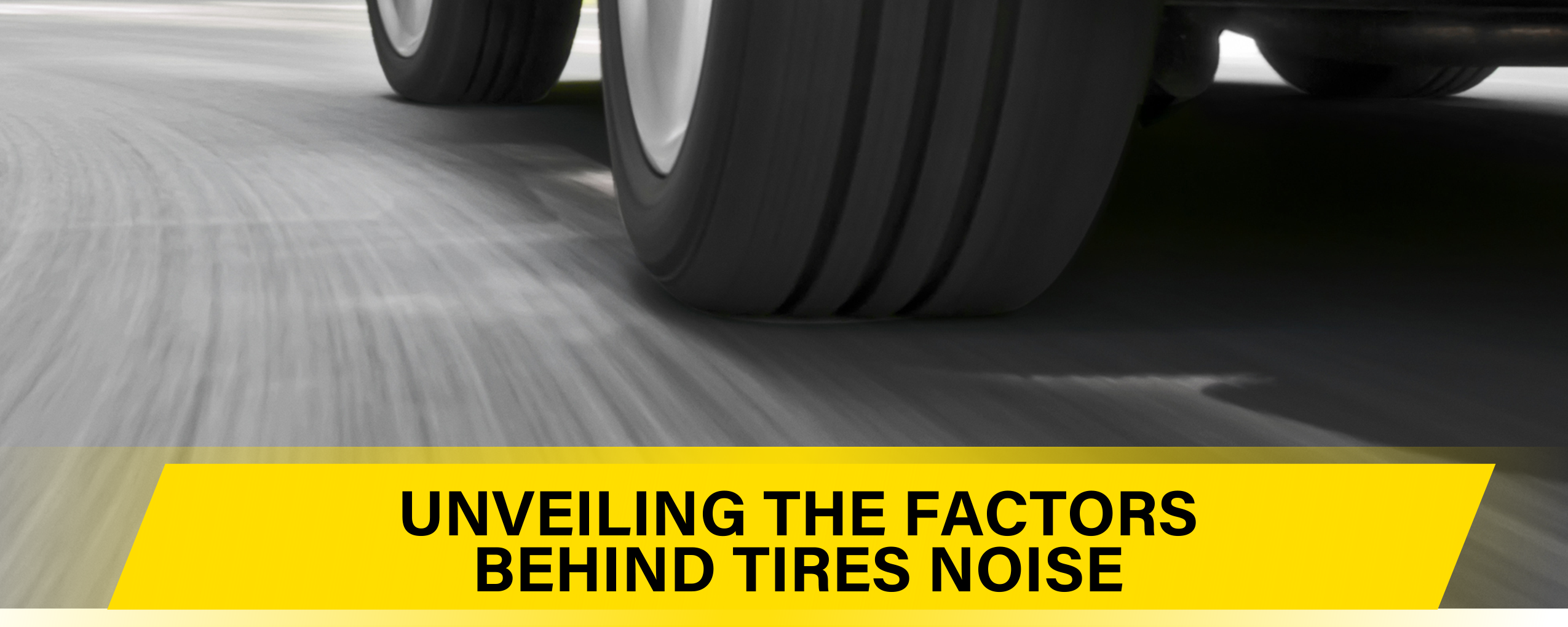

On the highway and long journeys
It all boils down to air! As you pick up speed, air gets squeezed between the tire treads, making them louder. Plus, the air trapped inside the tire acts like a drum, amplifying the noise even further.
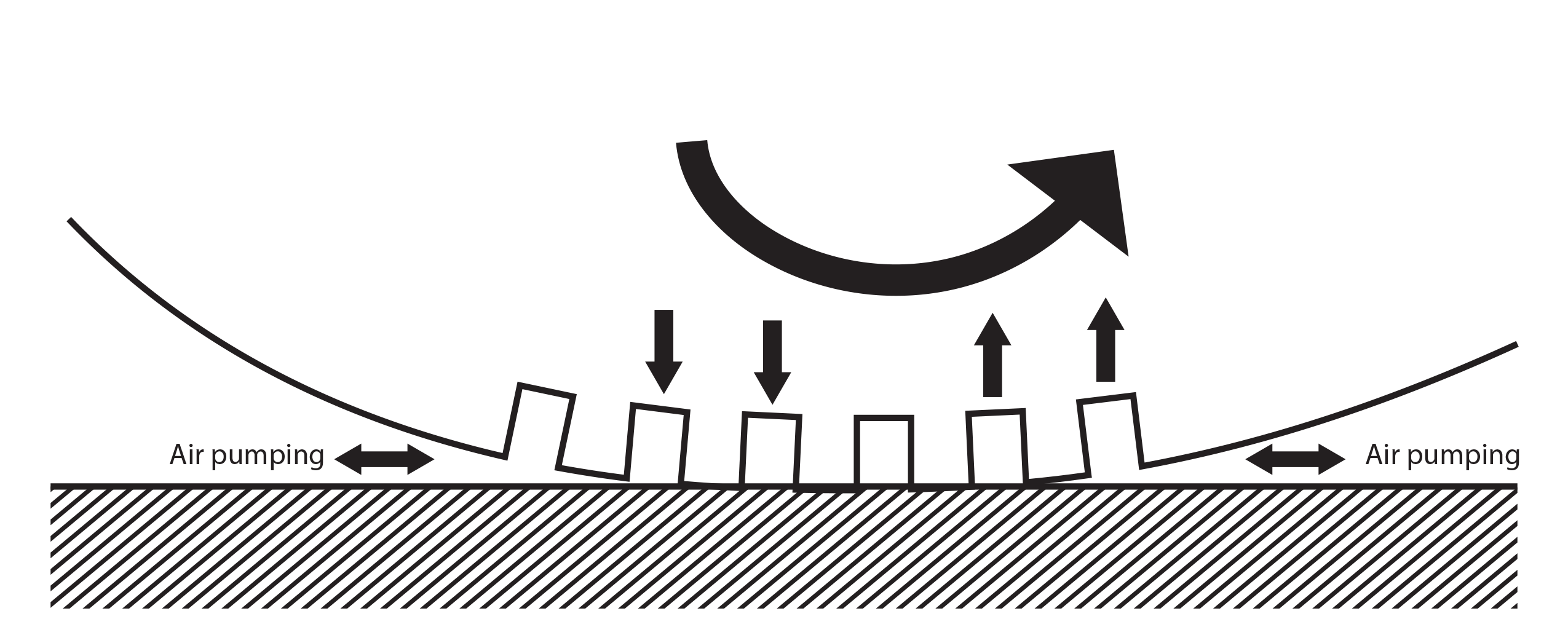
Road conditions
Rough roads riddled with potholes, cracks, and uneven surfaces can significantly increase tire noise by disrupting the smooth rolling motion. As your tires hit these imperfections, they're forced to thump or bounce, momentarily losing contact with the road and then impacting the surface again. This constant disruption creates vibrations that travel through the suspension and chassis, ultimately translating into audible thumps and bumps. Additionally, these road irregularities can cause the tread blocks to flex and compress unevenly, generating extra noise as they regain their shape. The severity of the noise often depends on the size and depth of the road imperfections and the speed at which you're traveling.
.png)
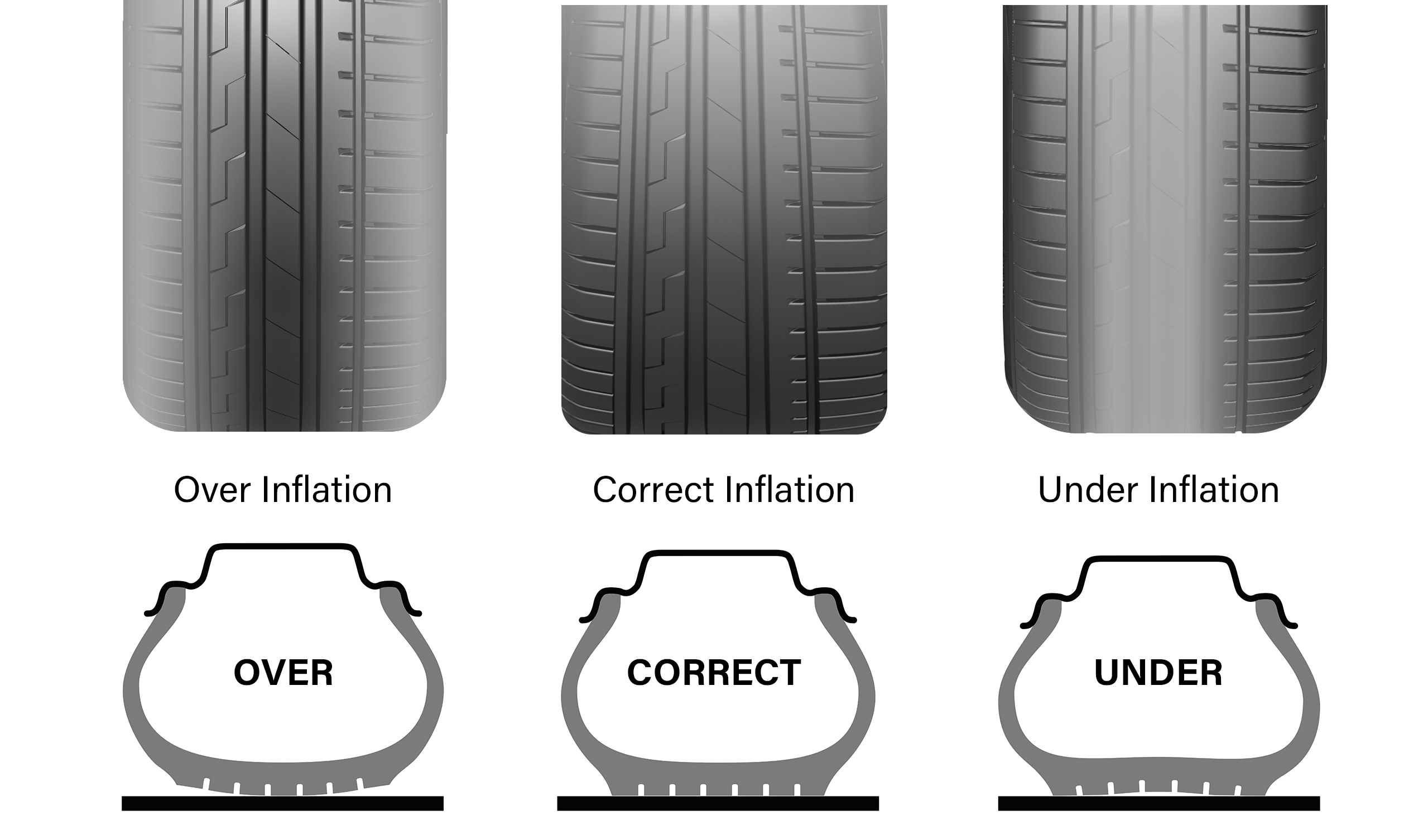
Improper Inflation
Underinflated tires cause the sidewalls to flex more, leading to increased noise as they contact the road.
Overinflated tires can also be noisy due to a harder contact patch that transmits more road noise.


Giti introduces an innovative new technology—Giti Silent Technology—that effectively reduces interior car noise. This technology uses a laser beam to tightly adhere foam to the inner wall of the tire. Additionally, a pressing roller compresses the foam to create a buffer layer that absorbs vibrations from road contact, significantly reducing noise. Through continuous improvement and meticulous testing, Giti's innovative Silent Technology has been proven to effectively reduce car interior noise by 2 to 4 decibels.



